What follows is a collection of photographs consisting of concepts and subjects you’ve no doubt seen thousands of times over, concepts and subjects you’ve probably incorporated into your own photography. The ideas on display here aren’t original and there is a good chance that some of you have simply seen enough them; they are cliché. Clichés are what they are, though, because they’re relevant and relatable. We don’t always need things to be cutting edge or abstract in order to appreciate them. So, while the images below may all be labeled as cliché, the fact is most of us still enjoy taking and viewing such images — because they just work. Below are 7 photography clichés that, despite being exceedingly commonplace, we still love. I’m sure at least one of these holds a special place in your heart.
Star Trails
A technique once used by astronomers to calibrate their telescopes (first suggested in 1931 by E.S. King), images of star trails are now easily made by even the most casual of astrophotographers, thanks in large part to the arrival of digital cameras. Now you can find star trails photography just about anywhere you look, which isn’t a bad thing if you think star trails are awesome.
Photo by Prachanart Viriyaraks
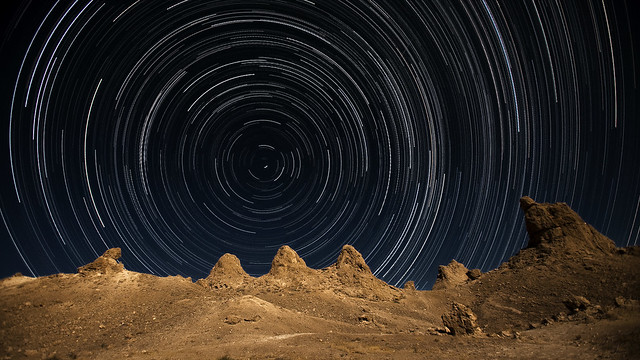
Photo by Dan Eckert
The Tilt-Shift Effect
There was a time when you needed an expensive lens to photograph a city street and make it look like a scale model. The tilt-shift effect then became possible to replicate in Photoshop. Now there’s a tilt-shift filter built into Instagram. I don’t know about you, but I enjoy a good tilt-shift image whenever I see one.
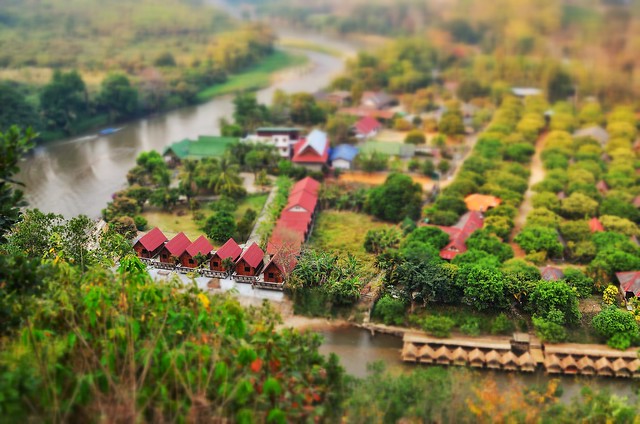
Photo by Alexis Gravel
The Lonely Tree
It’s a generally well respected photographic trope — a tree, standing alone in the midst of a desert or some other forlorn environment. Despite its cliché status, the lonely tree remains a compelling photographic subject.

Photo by Bert Kaufmann
The Bokeh Portrait
I can’t be sure, but my gut feeling is that prior to the digital age there weren’t too many photographers making bokeh portraits; you know, those shots that consist exclusively or almost exclusively of specular highlights. They’re quite popular on photo sharing sites like Flickr. While some find their artistic merit questionable, bokeh portraits (for lack of a better term) are popular if for no other reason than being cool to look at.

Photo by Daniel Lee
The Steel Wool Long Exposure
Are you seeking a new twist to add to your night long exposure photography? Try attaching a bit of burning steel wool to a string and swing it about during your camera’s 30 second or so exposure, and you’ve got yourself a shot in the vein of the ones below. You will find that burning steel wool images are exceedingly abundant, and if you’re wondering how much value these fiery streaks add to the overall photo, the answer depends on the creativity of the photographer and the particular taste of each viewer. But the effect itself is definitely eye-catching, hence the popularity of these shots.
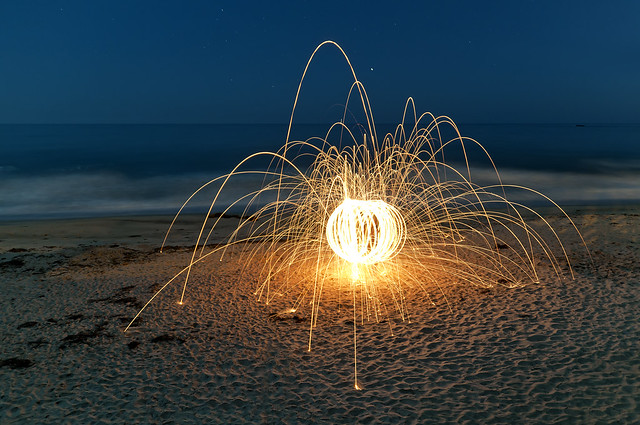
Photo by Evan

Photo by Katherine Hodgson
Sunrise/Sunset
Catherine Opie feels that sunrise/sunset photography is “the biggest cliché in photography,” but surely no one wants photos of the rising or setting sun to disappear. We love sunrise and sunset images. They’re beautiful!
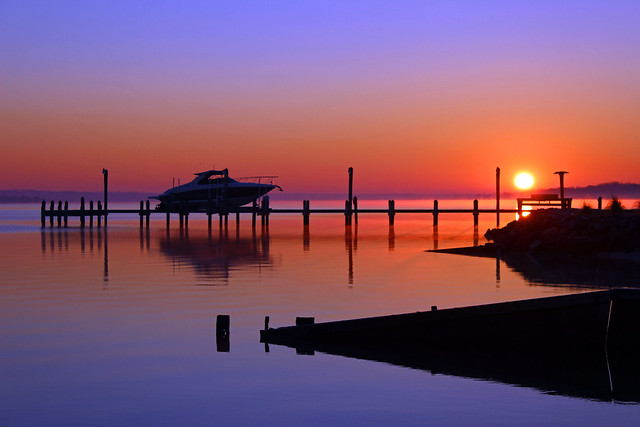
Photo by scott1346
HDR
A guilty pleasure (for some) if ever there was one, HDR photography is perhaps the most divisive of all the clichés on this list. People either love it or hate it. It’s easy to find both terrible and admirable uses of the technique, but regardless of how you generally feel about it, an HDR image — with its acute detail and deep saturation — is probably going to make you stop and look, even if only for a moment.
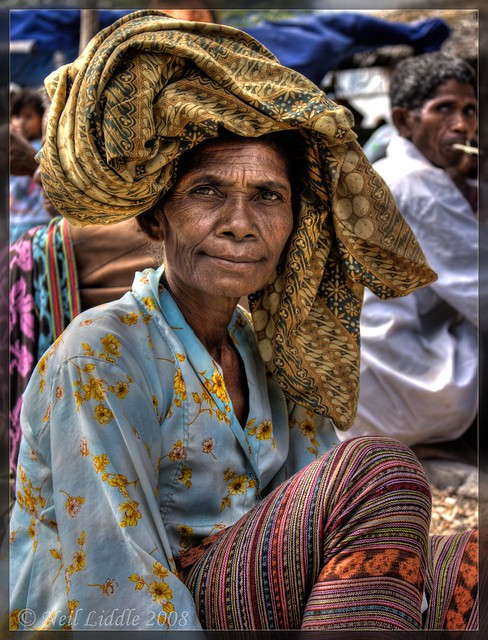
Photo by NeilsPhotography

Photo by Darren Stone
If you take a moment to reflect on the topic of photography clichés, you will likely conclude that true, unadulterated originality is rare and that almost any subject could legitimately be placed in the cliché box. You shouldn't be mad at clichés, they are just victims of their own success. And you don't have to rack your brain trying to avoid cliché subject matter; everyone likes trees and sunsets and stars. If you want to make these images stand out in some way, just take a different approach to photographing them. We all have cliché photos in our collection. There's no reason not to enjoy them.

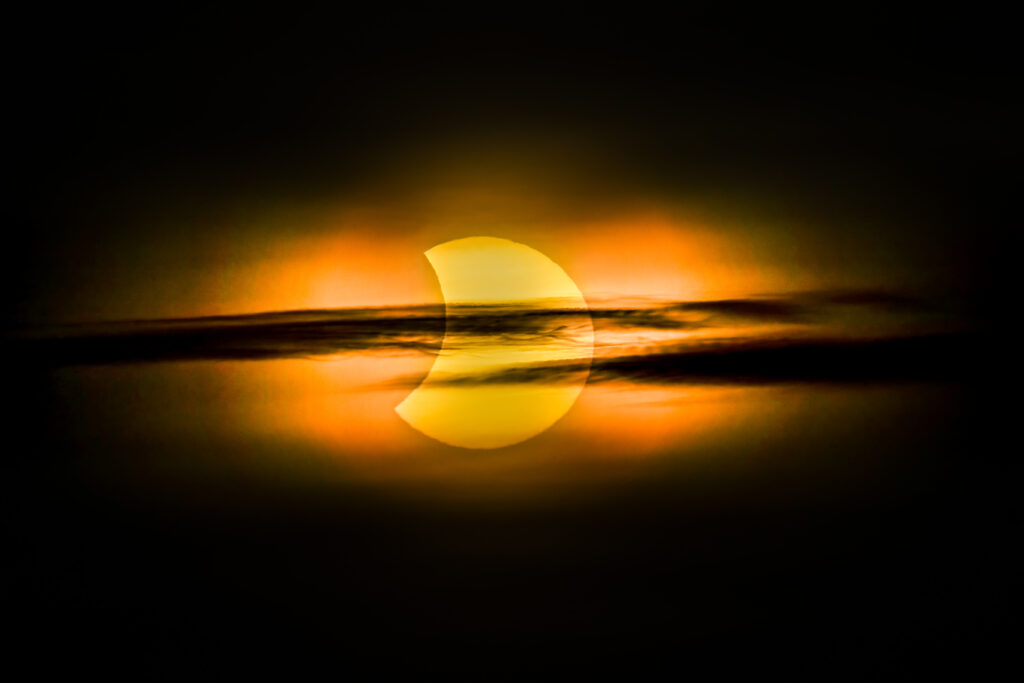
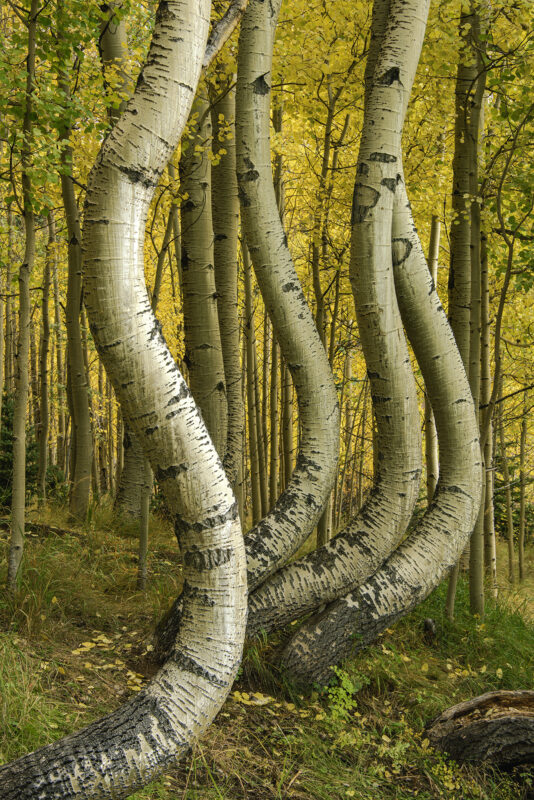
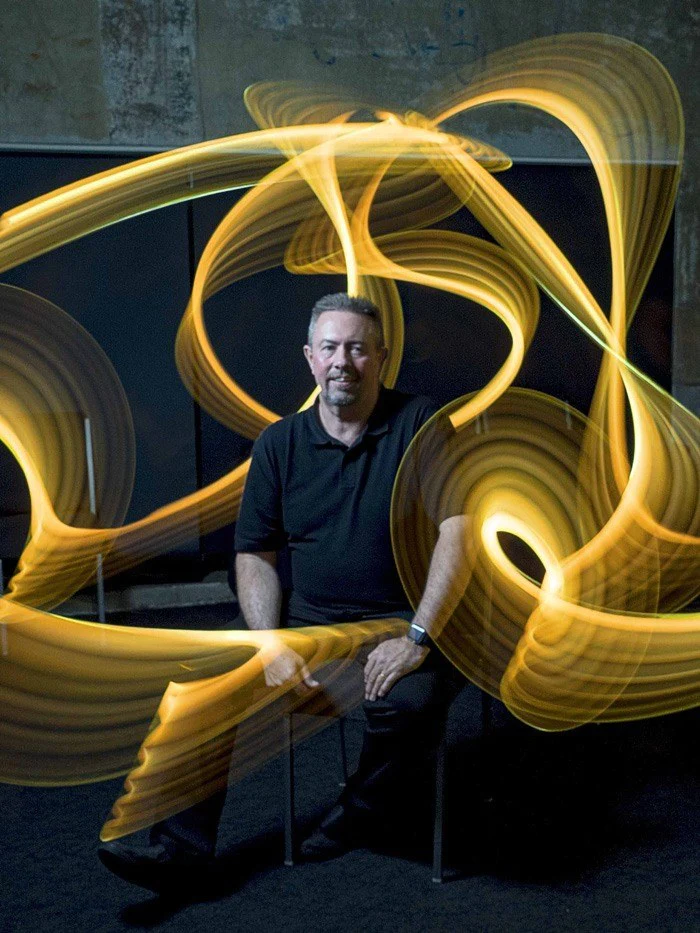
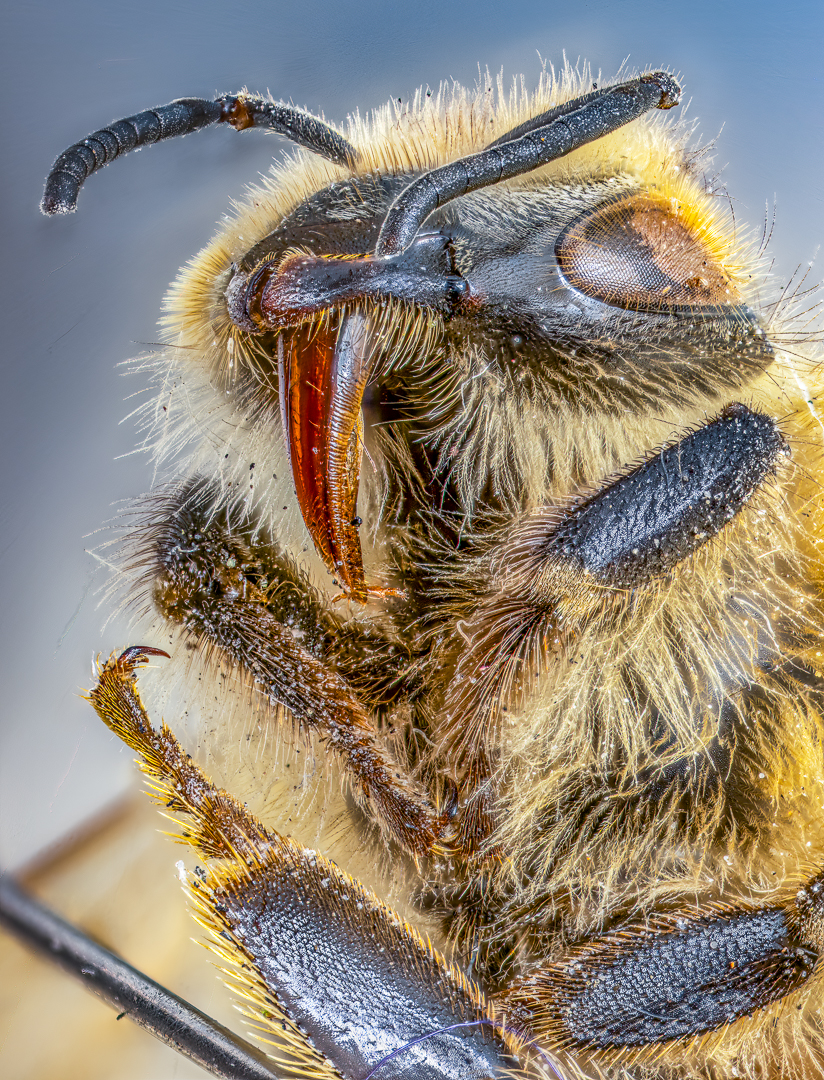
7 Comments
Hi
I was amused by the term bokeh not being used prior to the digital age. A quick Google search indicates it was introduced in 1997 by Photo Techniques magazine. Here is a link to a whole discussion on Reddit.
https://www.reddit.com/r/photography/comments/kz2mx/why_did_the_japanese_word_bokeh_become_popularized/
As some one who has been in and around photogrqphy since 1972, we simply referred to “bokeh” as out of focus things or circles of confusion. Whether you call it bokeh or circles of confusion, or a cliche, they are still nice to look at.
My last name should read Chislett. Pressed the send key too quickly. Is it too late to correct it?
Thanks.
I also started photography in 1972; back then it was about “depth of field”. Never had many circles of confusion in my photos until I started using digital; around water they are great!
Waterfalls and water drops might fit into this category as well.
The one that really gets me is the ND filtered time exposure of the sea at sunrise or sunset.
HDR by newbies drive me nuts sometimes. Especially when they brag their work on social media with a link to their site for purchase.
I’m bored with these cliches:
1. Tied up rowing boat
2. Driftwood on beach
3. Lavender fields